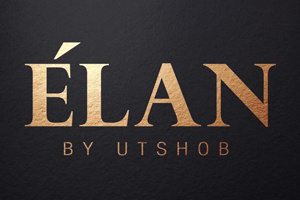Bangladesh has come a long way when it comes to fashion trends. In a lot of ways, todays’ fashion sense can be considered a more refined and status-defining child of the prior. From renaissance to revolution, the Bengali fashion scene has always adopted and adapted to the latest trends and styles. So, let’s take a walk down memory lane as we take a look at some of the most iconic era-defining styles in Bengali fashion in the last 150 years.
1870: The Begining of Brahmika

This whole trend of wrapping the saree around your lower part of the body and placing one of the end parts or anchal over the left shoulder was truly a unique take on the traditional style. And this trend was pioneered by the sister-in-law of the great Rabindranath Tagore, Gyanadnandini Devi. This was dubbed as the “Thakurbari sari” style.
1890: The Portuguese Influence
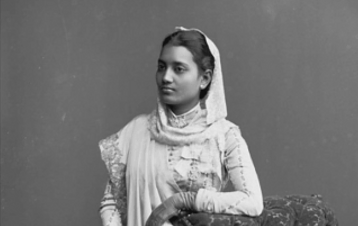
Lace mantillas became very popular among Bengali women to pair with sarees in the 1890s. This was the influence of the Portuguese colonizing West Bengal and Bengal. It’s a headwear typically sported by Spanish upper-class women.
1910: Adapting with the British Royals

Being influenced by the British royals, the women started incorporating lapels at the front of their blouses with puffed sleeves. The chiffon and muslin sarees and blouses were beaded and embroidered along the borders.
1930: Devdas

One of the earlier adaptations of the famous Bengali romance novel written by Sarat Chandra Chatterjee, Devdas(1936) dictated the whole fashion trend during that time. The half-sleeved blouses that frame and contour the upper body became a mainstream style of the era. Even men were influenced to wear a shirt kameez with airy dhotis or lungi, mimicking the male protagonist’s style.
1950: A Timeless Beauty
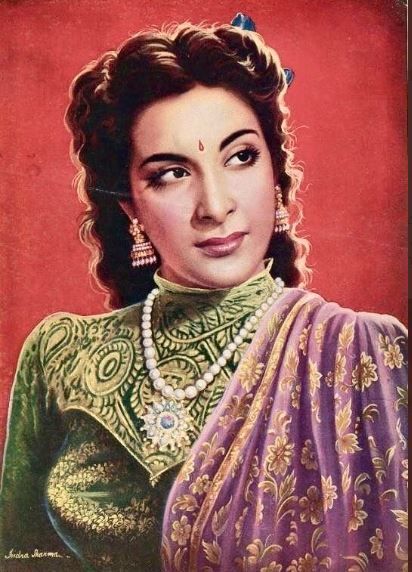
As the 1950s rolled in, Nargis had already become a style icon for many. Hailing from Kolkata, a lot of women started adopting her style of wearing high-neck blouses. Women at the time started donning the blouses with chiffon sarees as an ode to her timeless sensuality.
1970: Liberation in Style:

After being liberated, Bangladesh also showed a lot of independence in the style department as well. Being inspired by Runa Laila’s thin eyebrows and Bobita’s hair up-do, women here started sporting them everywhere. Even their fashion of donning fitted salwar kameez, bell-bottom pants with platform heels became a cult classic.
1990: Mughal Influence:
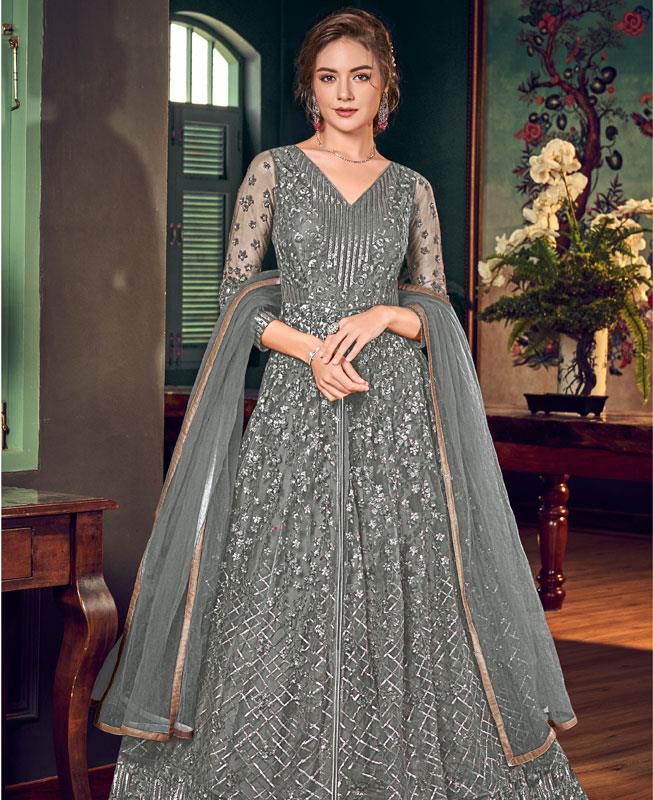
In this era, the Mughal-inspired Anarkali kameez made its way back to the latest trend and has made itself permanent. With new designs poring in, till this day there are people who opt for this style for special occasions.
2010-present: Turn of the Century
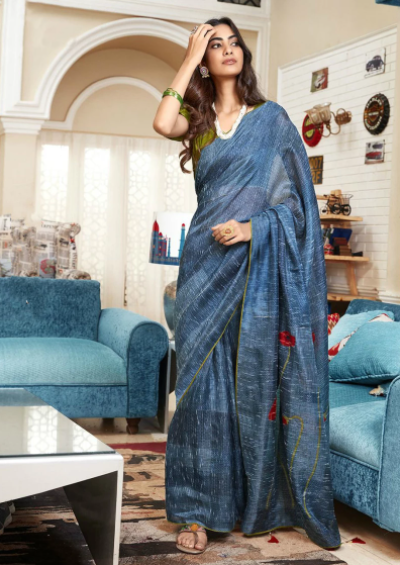
From 2010 to the present, the style choice of Bengali women has leaned towards fusion fashion instead of sticking with one genre. Among the most experimented looks, different saree styles are very prominent. From a plethora of designs for blouses to multiple ways to drape sarees, it just keeps going. People also started merging east with the west for casual wear as well as party wears.
In the last 150 years of Bengali fashion, and this includes both west and east Bengal, they have progressed exponentially. From taking inspiration from the colonizing guests to being influenced by neighboring cultures, the portfolio of its fashion scene has become tremendously versatile. And it does not seem to be slowing down on its path of always keeping up with the trends.
FashionBlitzs/Nadia



